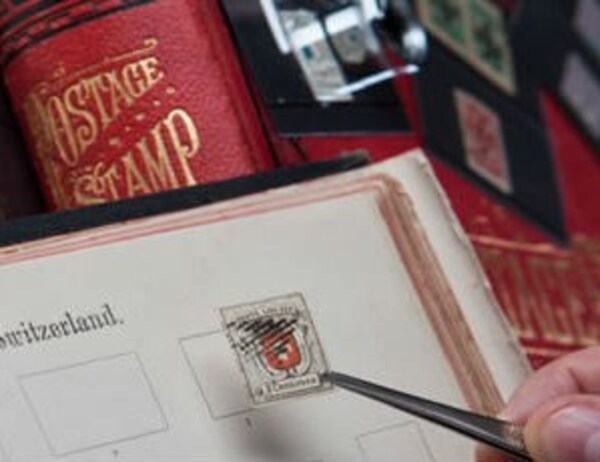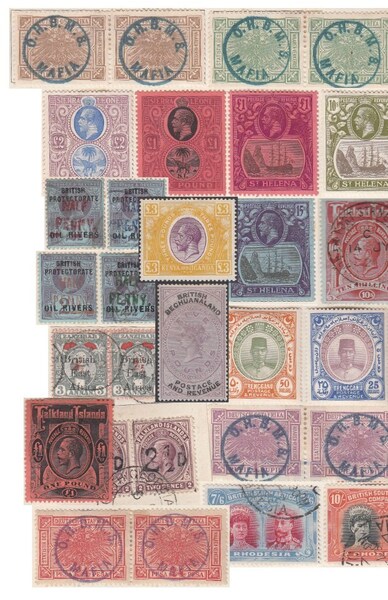I couldn’t fully read the postmark on a used stamp, was that a “W” or part of two other letters? Was that an “R” or part of an under-inked “B”? So I decided that it might be a good idea to find an entire list of towns and villages from the country in question.
I found a good list of Post Offices using Google, and a further list and other useful help on Wikipedia and in the end I spotted it… sadly a rather large town… never mind, the stamp remained in the collection it came from and I moved on.
Looking up from my desk I noted we had a full complement of philatelists in the stamp room, it was just after 11am so I posed a question to the room “Who’s used Wikipedia already today?” several hands were raised and a discussion began on the merits of this fascinating online resource. Olde tymers like myself remembered having to rely on memory, and books, which for philatelic research still can’t be beaten (see our earlier “Stamp Talk” article Read Stamp Books) but it’s simply amazing how much the Internet helps us, especially Wikipedia which although not too useful for stamp information is fabulous for obscure and interesting background.
We may need to winkle-out some of the history behind a famous personality depicted upon a stamp, or the details of how a particular war started and developed, or perhaps to explain why a letter was returned through civil strike, currency control or occupation. You may remember a cover we sold recently which attempted to travel from Switzerland to the Gilbert & Ellice group at the outbreak of WWII and it took around 4 years to achieve delivery including handling by a (at the time) neutral Russia? Not an easy item to describe without Wikipedia! Or perhaps something comparatively simple like researching a distant cousin of a King or Queen who’s the addressee on an early stampless cover, and so on.
Just recently I have used Wikipedia to read about the background to the formation of The Red Cross; the competitors in a 1936 Air Race to South Africa; the biography of a well-known pilot; the residents of a local stately home and also the details related to a WWI Infantry Regiment.
I use Wikipedia most weeks and I have found it an invaluable source of information. It can be the difference between a cover having just an address or it being a fascinating address. It can explain why a person or building is depicted upon that stamp. As I mentioned before I find it especially useful when identifying the postmarks of towns and villages and seeing if a particular place had any significance. All of this information can lead towards the colouring-in of the background to the story behind the stamp or cover in front of you.
Indeed, sometimes using the internet to search for further information on an item can be too much of a wonderful diversion when you have a big pile of albums to describe by the end of the day!
CAVEAT – Wikipedia is written by its users, i.e. by you and me. Every fact may not be 100% correct and some entries are better written than others. Some details may be affected by the writer’s prejudices and not yet moderated by a different contributor.


 General
General
 General
General
 General
General